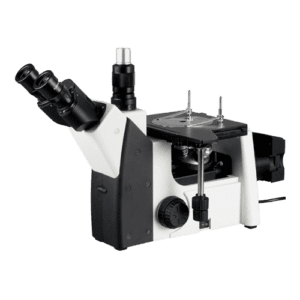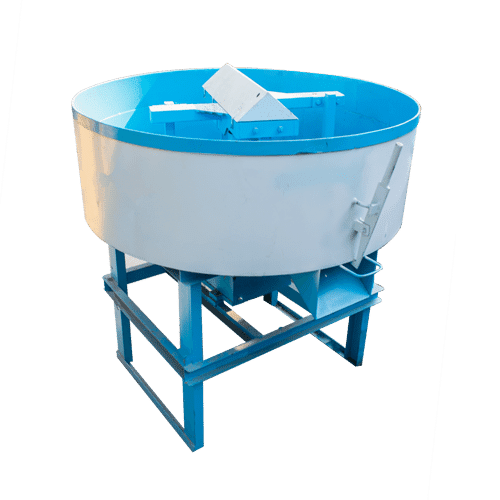Home >Steel Testing Equipment > Metallurgical Inverted Microscope
Metallurgical Inverted Microscope
Ratings :
☆☆☆☆☆ 4.5/5
- High Quality Materials
- Compliance With Standards
- Clear Product Information
- Warranty & Support
- Product Testing & Certification
- Delivery & Policy
- Ask a Question
- Estimated Delivery: 5 Days – 10 Days
Product Details
- DESCRIPTION
| Magnification Range | 20X to 400X (Standard)0 |
| Observation Head | Binocular 45 with interpupillary and diopter adjustment |
| Stand | Sturdy and durable pressure Die cast Aluminium stand |
| Mechanical Stage | Co-Axial low drive double plate mechanism system travel on ball bearing guide ways |
| Focusing System | Co-axial coarse & fine mechanism system with ball bearing guide ways |
| Epi-Illumination | Built in base 12V-50W Halogen lamp with light intensity control system |
| Quadruple Nose Piece | A precision mechanism ensures the accuracy and optical alignment of the system |
| Filters | Green & Blue available in Metallurgical Inverted Microscope |
| DIN-LWD Objectives | M4 x M10x, M20x & M40x (SL). Anti Fungal & infinity corrected |
| Eye Pieces | 5x & 10x Paired. Extra wide field, Anti fungal & Anti reflected |
ENQUIRY NOW
ASK FOR PRICE
Similar Product










